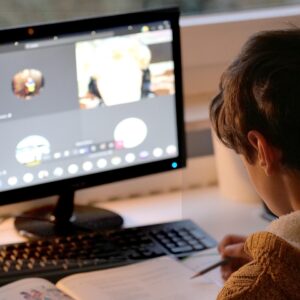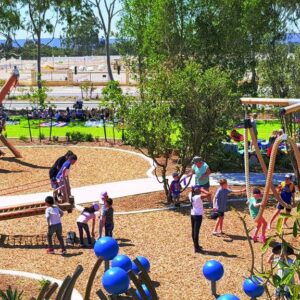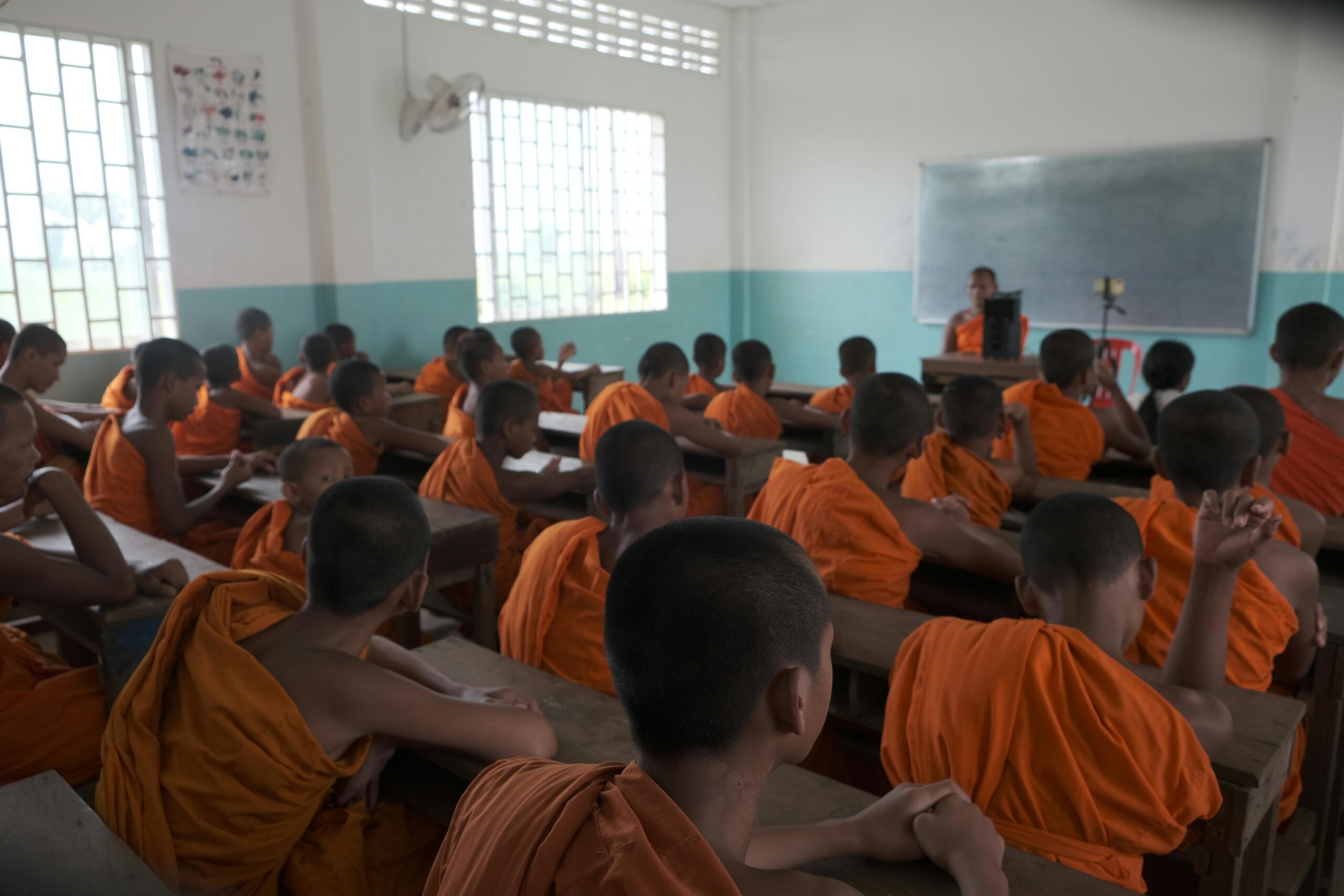New Delhi, India – 2025
In the dynamic educational landscape shaped by the National Education Policy (NEP) 2020, the traditional emphasis on large playgrounds is being reevaluated. The policy advocates for a more holistic, flexible approach to learning environments, where the focus shifts from physical space to quality of education and inclusive learning experiences. Here’s why expansive playgrounds are no longer viewed as essential in the NEP’s vision for schools:
Redefining Physical Education
1. Innovative Physical Education Solutions:The NEP encourages schools to explore innovative ways to deliver physical education that don’t require large playgrounds. Activities like yoga, aerobics, and martial arts can be conducted in smaller, multipurpose spaces, which are easier to accommodate in urban settings where space is at a premium. This shift reflects a broader trend toward utilizing every square inch of school real estate in a more economically and environmentally sustainable manner.
2. Digital and Virtual Fitness Programs:Embracing the digital revolution, the NEP promotes the use of virtual reality (VR) and other digital tools to simulate physical activities. This tech-savvy approach allows students to engage in a variety of physical exercises without the need for sprawling outdoor spaces, ensuring that students remain active and healthy regardless of their school’s physical constraints.
Optimizing Educational Spaces
3. Multi-Functional Learning Environments:The policy advocates for the creation of versatile learning areas that can quickly adapt to various educational needs. These spaces can transition from classrooms to physical activity areas, proving that effective learning and physical education can coexist seamlessly within the same space. This flexibility is particularly crucial in densely populated areas where land is scarce and expensive.
4. Community Resource Utilization:NEP suggests that schools build partnerships with local community centers and sports facilities. By using public parks and community gyms, schools can provide students with necessary physical activities without the overhead of maintaining large playgrounds. This not only helps in optimizing resource use but also fosters a stronger community bond.
Holistic Approach to Student Development
5. Emphasizing Cognitive and Emotional Growth:Under NEP’s framework, cognitive, emotional, and social development are given as much priority as physical health. The policy underlines the importance of nurturing well-rounded individuals through an integrated curriculum that balances academics, mental health, and physical fitness, highlighting that a child’s development is multifaceted and extends beyond physical activities.
6. Quality Over Quantity:The shift towards prioritizing the quality of educational content and interaction over the quantity of physical space is a key tenet of the NEP. By focusing on what happens inside the learning environment—be it a classroom, a laboratory, or a small activity area—the NEP ensures that educational quality is not compromised by the size of the playground.
Conclusion: Adapting to Modern Educational Needs
The NEP’s innovative approach to education reflects a pragmatic adaptation to modern realities, where the physical size of school grounds is less indicative of educational quality than how resources are used to foster a comprehensive learning environment. This policy is geared towards preparing students for a future where adaptability, creativity, and critical thinking are paramount, proving that big playgrounds, while beneficial, are not a prerequisite for delivering high-quality education.
As schools implement NEP’s guidelines, it becomes clear that success in education is increasingly defined by the ability to creatively maximize resources and provide an inclusive, holistic educational experience that equips students for the diverse challenges of the future.












